Industrial facilities are under pressure to reduce energy costs, improve reliability, and meet stricter environmental standards. Traditional steam boilers, while effective, may struggle with efficiency limitations, emission compliance, and manual operation challenges. Without adopting advanced technologies, operators risk higher fuel bills, downtime, and regulatory penalties.
The latest steam boiler technologies and trends focus on high-efficiency designs, digital automation, fuel flexibility, emission reduction, and integrated energy recovery systems. Smart controls, IoT-enabled monitoring, condensing technology, low-NOx burners, and hybrid fuel systems are transforming how steam boilers operate, making them cleaner, safer, and more cost-effective. By investing in modern solutions, industries can future-proof their operations while lowering lifecycle costs.
This evolution positions steam boiler systems as intelligent energy platforms rather than just heat generators.
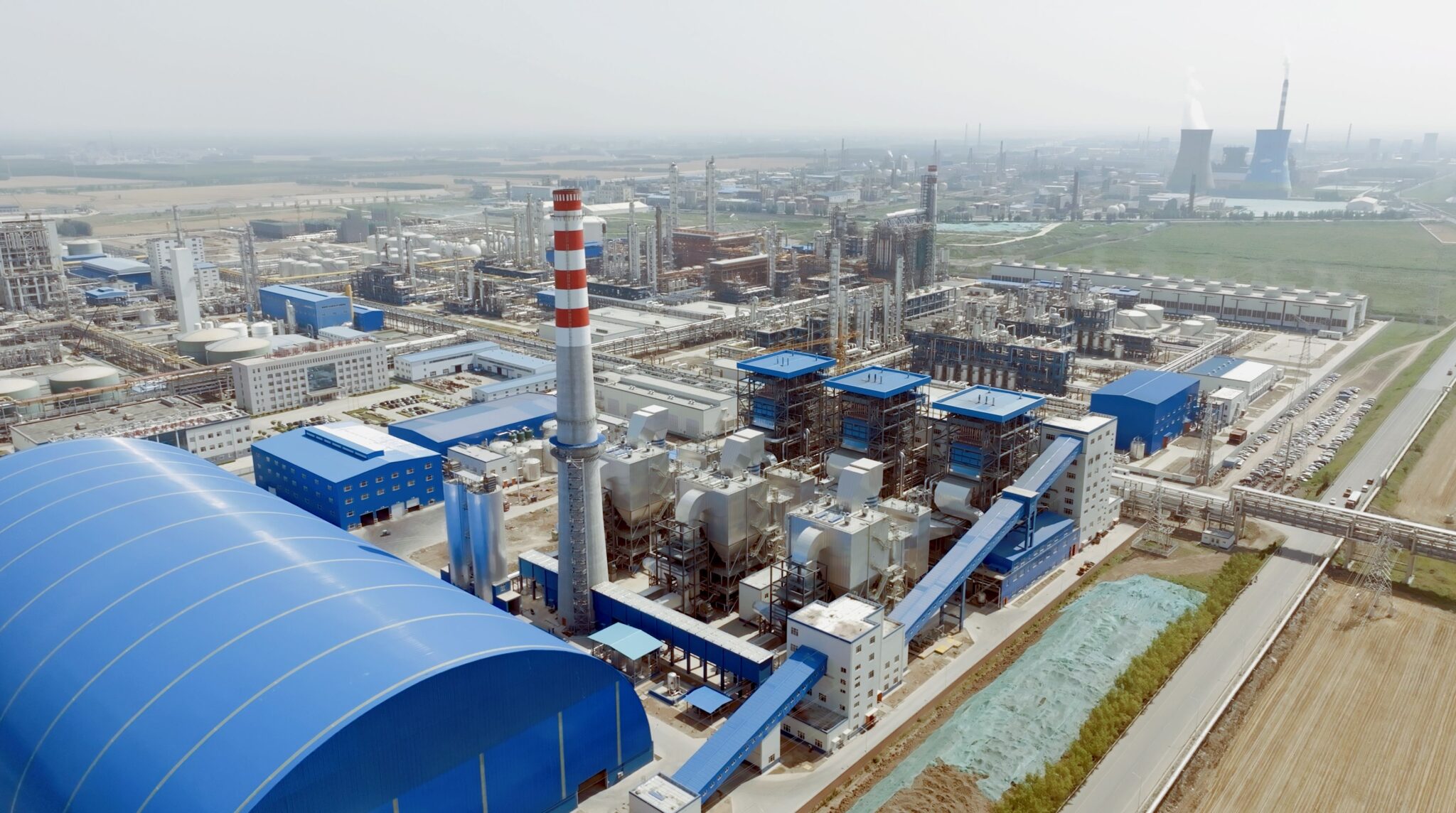
What Role Does Digital Automation and IoT Play in Modern Steam Boiler Systems?
Modern steam boiler systems are no longer just mechanical pressure vessels — they are becoming digitally connected, automated energy hubs. The integration of automation and IoT (Internet of Things) is transforming how boilers are monitored, controlled, and maintained, especially in facilities that demand 24/7 reliability.
In short: Digital automation and IoT improve boiler efficiency, safety, predictive maintenance, and remote management, reducing downtime and operating costs.
🔹 Key Roles of Digital Automation & IoT in Steam Boilers
| Function | How Automation & IoT Help | Benefits |
|---|---|---|
| Real-Time Monitoring | Sensors track pressure, water level, fuel-air ratio, emissions | Continuous visibility, faster response to issues |
| Combustion Optimization | Automated fuel-air controls adjust in real time | Higher efficiency, lower fuel cost, reduced emissions |
| Predictive Maintenance | IoT platforms analyze vibration, temperature, and water chemistry trends | Early detection of tube leaks, pump failures, scaling |
| Remote Access & Control | Cloud-based dashboards let operators monitor boilers anywhere | Reduced staffing needs, quick troubleshooting |
| Regulatory Compliance | Digital logs automatically store safety test data and emissions records | Easier audits, no missed compliance reporting |
| Integration with Plant Systems | Connects with SCADA/BMS for full facility energy management | Optimized load sharing and energy savings |
🔹 Why It Matters for Modern Plants
Efficiency gains → IoT-driven analytics can improve fuel-to-steam efficiency by 3–7%.
Reduced downtime → Predictive alerts prevent sudden failures.
Lower OPEX → Automated blowdown and water chemistry dosing minimize waste.
Sustainability → Data-driven combustion tuning reduces CO₂ and NOx emissions.
✅ Bottom line:
Digital automation and IoT turn boilers into smart, connected assets. Instead of just generating steam, they now actively optimize energy use, prevent failures, and ensure compliance — all critical for modern industrial operations.
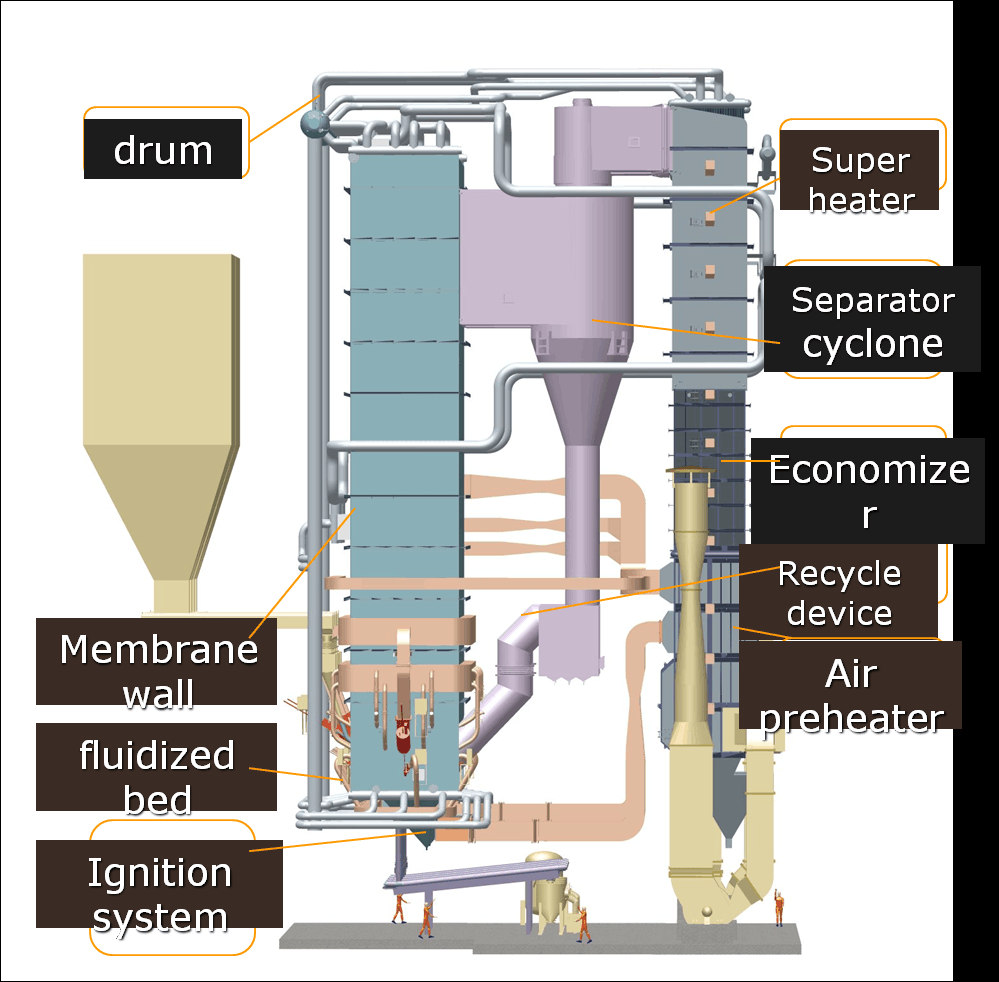
How Do Condensing Boilers and Heat Recovery Systems Enhance Efficiency?
Traditional boilers lose a large portion of energy through flue gas and exhaust heat. Modern designs such as condensing boilers and heat recovery systems are engineered to capture that wasted energy and turn it back into useful heat, boosting overall system efficiency.
In short: Condensing technology and heat recovery maximize fuel-to-heat conversion, lowering energy bills and emissions without compromising reliability.
🔹 Condensing Boilers
Operating principle: They cool flue gases below the dew point (~55°C / 130°F), allowing water vapor in the exhaust to condense. This releases latent heat that would otherwise be lost.
Efficiency gain: Typical efficiency rises from 85–88% (non-condensing) to 92–98% (condensing).
Best suited for: Systems with return water temperatures ≤ 55°C, such as heating networks or low-temperature processes.
🔹 Heat Recovery Systems (Economizers & Air Preheaters)
| System | How It Works | Benefit |
|---|---|---|
| Economizer | Captures flue gas heat to preheat feedwater | Reduces fuel consumption by 5–10% |
| Air Preheater | Uses exhaust heat to warm combustion air | Improves flame stability, cuts fuel use |
| Blowdown Heat Recovery | Recovers heat from discharged boiler water | Reduces makeup water heating needs |
| Condensate Recovery | Returns hot condensate to the boiler | Saves energy and water treatment cost |
🔹 Why It Matters
Lower fuel bills → Recovering waste heat reduces overall fuel demand.
Environmental benefits → Lower CO₂ and NOx emissions.
Extended equipment life → Stable combustion and reduced thermal stress.
Faster ROI → Many recovery systems pay back in 1–3 years.
✅ Bottom line:
Condensing boilers and heat recovery systems transform wasted energy into savings. By extracting latent and sensible heat from exhaust gases and returning it to the cycle, facilities can achieve efficiencies approaching 98% and cut both operating costs and emissions.
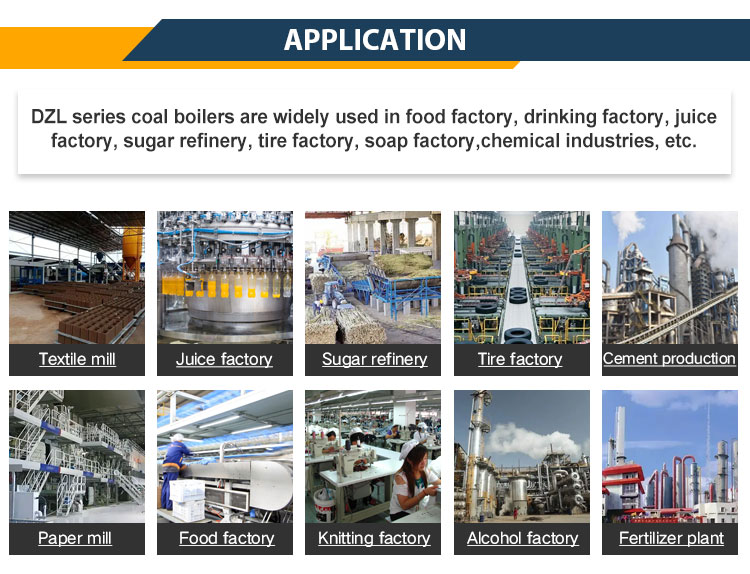
What Advancements in Low-NOx and Ultra-Low-Emission Technologies Are Available?
Industrial boilers are under increasing pressure to meet strict environmental standards. Emissions of nitrogen oxides (NOx) are a key focus because they contribute to smog and acid rain. In response, manufacturers have developed a range of low-NOx and ultra-low-emission technologies that allow boilers to run cleanly without sacrificing efficiency.
In short: Modern boiler designs use advanced burners, flue gas recirculation, and catalytic systems to cut NOx emissions to levels once thought impossible, helping plants meet local and global air-quality standards.
🔹 Key Low-NOx Technologies
| Technology | How It Works | Typical NOx Reduction |
|---|---|---|
| Low-NOx Burners (LNB) | Staged fuel-air mixing lowers flame temperature | 30–60% |
| Ultra-Low-NOx Burners | Enhanced staging, premix design, and advanced control | < 9 ppm achievable |
| Flue Gas Recirculation (FGR) | Recycles cooled flue gas into combustion air, lowering peak flame temps | 50–70% |
| Excess Air Control | Precisely maintains oxygen at optimal level | Helps avoid excess NOx formation |
| Water/Steam Injection | Absorbs heat in flame zone, lowering temperature | 20–50% |
| Catalytic Combustion (SCR/SNCR) | Injects ammonia or urea in exhaust with catalyst to convert NOx → N₂ + H₂O | 80–95% |
🔹 Ultra-Low-Emission Trends
Hybrid Burners → Combine premix and staged combustion for < 5 ppm NOx.
Oxygen Trim & Digital Controls → IoT sensors continuously fine-tune fuel-air ratio to reduce both NOx and CO₂.
Fuel Flexibility → Designs optimized for natural gas, hydrogen blends, and biofuels to cut carbon intensity.
Integrated SCR Modules → Compact, boiler-mounted systems making high-efficiency NOx removal easier to adopt.
🔹 Why It Matters
Regulatory compliance → Meets strict standards in California (SCAQMD < 9 ppm) and Europe.
Sustainability → Reduces greenhouse gases and improves ESG performance.
Efficiency balance → Modern designs cut NOx without hurting combustion efficiency.
Future-ready → Compatible with hydrogen and renewable gas blends.
✅ Bottom line:
Boilers today can achieve ultra-low NOx levels below 9 ppm with the right combination of burner design, flue gas recirculation, and catalytic reduction. These technologies not only ensure compliance but also support long-term sustainability goals for industrial plants.

How Does Fuel Flexibility (Biomass, Hydrogen, Hybrid Fuels) Impact Future Boiler Design?
Energy landscapes are shifting quickly, and industries face pressure to lower carbon footprints while ensuring reliable heat and power. Traditional coal and oil boilers are being replaced or retrofitted with systems designed for fuel flexibility—including biomass, hydrogen, and hybrid fuels. This trend is reshaping how manufacturers design industrial boilers for the next decades.
In short: Future boiler designs must accommodate a wider range of fuels, each with unique combustion properties, emissions profiles, and storage requirements. This means more robust furnaces, adaptive burner systems, advanced controls, and materials that can handle variable operating conditions.
🔹 Impact of Biomass Fuels
Challenges: Higher moisture and ash content, lower energy density, slagging, and corrosion risks.
Design Adaptations:
Larger fuel feeding and storage systems.
Stronger refractory linings and ash handling units.
Grate or fluidized bed furnaces for stable combustion.
Future Role: Widely available renewable option for industries near agricultural or forestry waste sources.
🔹 Impact of Hydrogen Fuel
Challenges: Very high flame temperature, faster flame speed, risk of NOx formation, specialized storage needs.
Design Adaptations:
Advanced burners with staged combustion and cooled tips.
Integration of flue gas recirculation (FGR) to control NOx.
Materials resistant to hydrogen embrittlement.
Future Role: Key to net-zero targets, especially when blended with natural gas (10–30%) or used pure in pilot projects.
🔹 Hybrid and Multi-Fuel Systems
Concept: Boilers capable of switching between natural gas, oil, hydrogen, and biomass depending on price, availability, and regulations.
Design Adaptations:
Dual- or multi-fuel burners with automated switchover.
Smart controls to optimize combustion per fuel type.
Modular furnaces that accommodate varied flame characteristics.
Future Role: Offers resilience against fuel supply risks and enables gradual transition to renewables.
🔹 Boiler Design Trends for Fuel Flexibility
| Design Feature | Biomass | Hydrogen | Hybrid Fuels |
|---|---|---|---|
| Burner/Furnace | Grate or fluidized bed | Special low-NOx hydrogen burner | Dual/multi-fuel burner |
| Materials | High-resistance refractory | Hydrogen-compatible alloys | Versatile, corrosion-resistant |
| Controls | Moisture/ash management | Real-time NOx + flame speed tuning | Automated fuel-switching |
| Efficiency Add-ons | Economizers, air preheaters | Flue gas recirculation | Adaptive optimization |
🔹 Why It Matters for Buyers
Regulatory compliance → Adapts to stricter carbon and NOx rules.
Operational resilience → Flexibility to switch fuels reduces downtime and supply risks.
Future investment security → A flexible boiler avoids early obsolescence as energy markets evolve.
Sustainability → Biomass and hydrogen use supports ESG goals and renewable energy adoption.
✅ Bottom line: Fuel flexibility is not a luxury—it is becoming a core requirement in industrial boiler design. The future belongs to multi-fuel, digitally controlled, and efficiency-optimized boilers that can seamlessly adapt to biomass, hydrogen, and hybrid fuels.
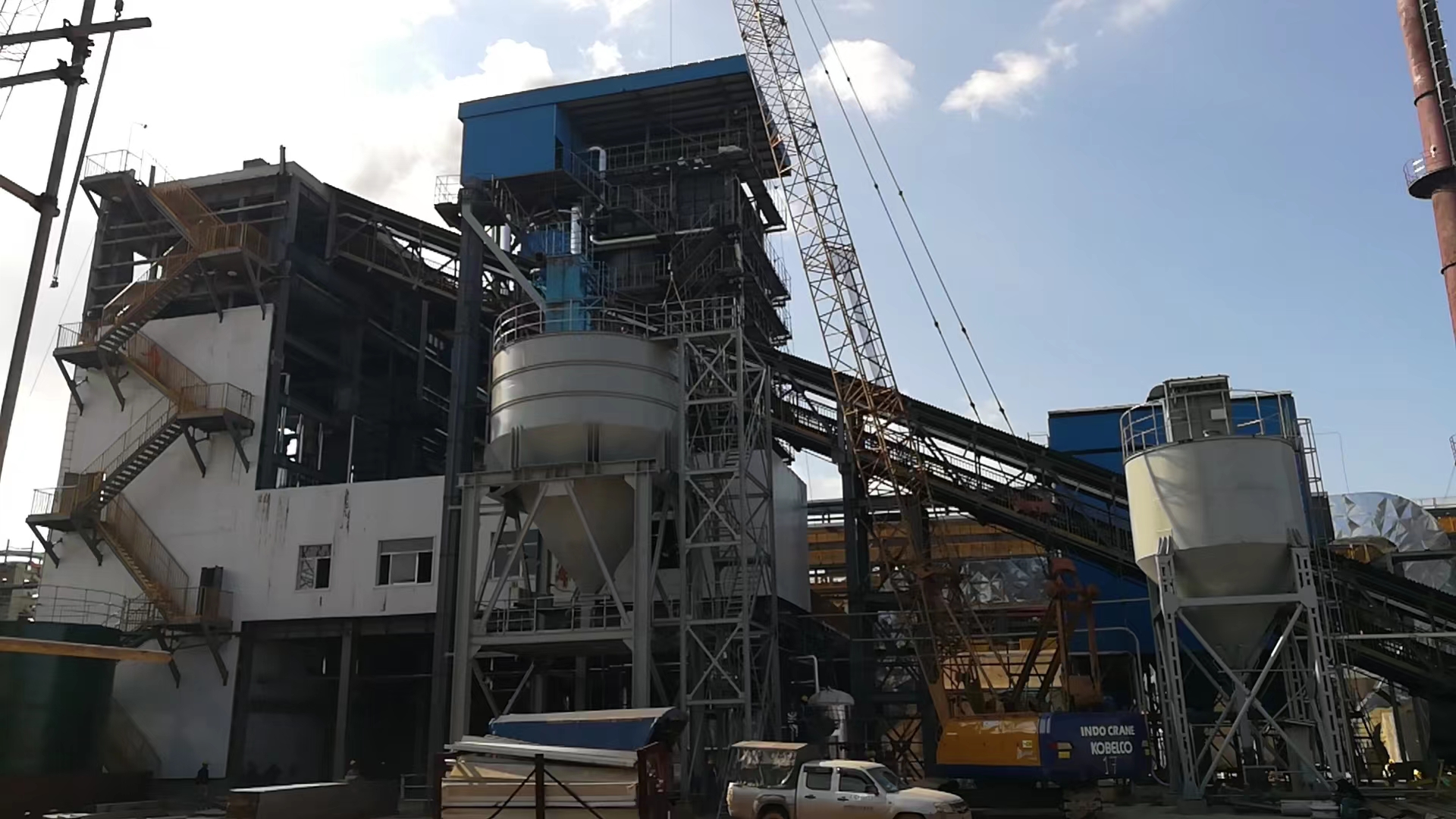
What Safety and Predictive Maintenance Technologies Improve Boiler Reliability?
Industrial boilers operate under high pressure and temperature, which makes safety and reliability absolutely critical. Unplanned shutdowns or safety incidents not only disrupt production but can also cause severe financial and regulatory consequences. Modern plants are increasingly turning to advanced safety systems and predictive maintenance technologies to protect assets, operators, and the environment.
In short: Safety technologies like interlocks, flame detectors, and pressure controls prevent hazardous failures, while predictive maintenance tools—such as IoT sensors, vibration monitoring, and AI-driven analytics—help detect problems early, reduce downtime, and extend boiler life.
🔹 Core Safety Technologies
Burner Management Systems (BMS): Automates startup, shutdown, and fuel control to prevent misfires and explosions.
Flame Detection Sensors: Ensure proper ignition and continuous combustion monitoring.
High-Limit Pressure & Temperature Controls: Automatically shut down the boiler if safe limits are exceeded.
Low-Water Cutoff Devices: Stop operation when water levels drop too low, preventing tube overheating and rupture.
Safety Valves: Release excess pressure to avoid vessel overpressurization.
Interlocks & Emergency Shutdowns: Prevent unsafe operation when critical conditions aren’t met.
🔹 Predictive Maintenance Technologies
| Technology | Function | Benefits |
|---|---|---|
| IoT Sensors | Track temperature, pressure, water chemistry, fuel flow | Continuous monitoring & early fault detection |
| Vibration & Acoustic Monitoring | Detects pump, fan, and motor wear | Prevents mechanical failures |
| Thermal Imaging | Identifies hot spots in insulation, refractory, or tubes | Reduces risk of leaks & energy loss |
| AI & Data Analytics | Predicts failures from historical and live data | Optimizes maintenance scheduling |
| Water Chemistry Monitoring | Monitors pH, conductivity, hardness | Prevents scaling and corrosion |
| Digital Twin Models | Simulates boiler operation for predictive diagnostics | Improves long-term performance planning |
🔹 Integration of Safety & Predictive Tools
Real-Time Dashboards → Operators receive live alerts on deviations.
Automated Reporting → Maintenance logs and compliance data generated automatically.
Remote Support Access → OEMs can diagnose issues online, reducing response time.
Preventive to Predictive Shift → Moves from calendar-based maintenance to condition-based servicing.
🔹 Why It Matters for Boiler Owners
Higher uptime: Reduces unexpected shutdowns by up to 30%.
Cost savings: Extends component life and lowers repair bills.
Regulatory compliance: Digital records simplify audits.
Operator safety: Advanced systems reduce human error and accident risks.
Sustainability: Optimized combustion lowers emissions and fuel consumption.
✅ Bottom line: The most reliable industrial boilers combine traditional safety protections with predictive maintenance technologies like IoT, AI, and digital twins. This ensures continuous safe operation, lower lifecycle costs, and longer equipment life.
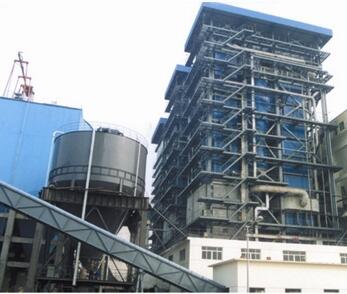
How Are Modular and Compact Boiler Designs Changing Industrial Applications?
Traditional industrial boilers are large, complex systems that often require significant space, long installation times, and high upfront costs. As industries demand faster project execution, flexible operations, and lower life-cycle costs, modular and compact boiler designs have emerged as a game-changing solution. These designs are transforming how plants approach steam and hot water generation.
In short: Modular and compact boilers offer faster installation, smaller footprints, and scalable operation, making them ideal for industries that need flexibility, efficiency, and quick deployment without sacrificing reliability.
🔹 Key Advantages of Modular and Compact Boilers
Rapid Installation: Pre-assembled skid-mounted or containerized designs reduce on-site construction time.
Space Efficiency: Compact footprints fit into tight utility rooms or retrofit projects.
Scalability: Multiple small units can be staged to meet fluctuating demand instead of oversizing one big boiler.
Improved Efficiency: Units can cycle on/off or run at part-load efficiently, reducing fuel waste.
Reduced Downtime: Service can be performed on one unit while others continue operating.
Lower Initial Investment: Phased installation allows capacity to grow with business needs.
🔹 Applications Where Modular Boilers Shine
| Industry | Typical Use | Why Modular Works Best |
|---|---|---|
| Food & Beverage | Process steam, sterilization | Seasonal demand, fast startup |
| Pharmaceutical | Clean steam production | Reliability + redundancy needed |
| Hospitals | Heating & sterilization | Continuous operation, backup assurance |
| Chemical Processing | Process heat | Flexible load handling |
| District Heating | Hot water supply | Compact plants, phased expansion |
| Data Centers | Humidity & backup heating | Space-saving, reliable control |
🔹 Design Trends Driving Adoption
Packaged “Plug-and-Play” Units → Pre-piped, pre-wired, factory-tested.
Hybrid Installations → Mix of steam and hot water modules for different process needs.
Advanced Controls → IoT-enabled monitoring for staging, load balancing, and remote diagnostics.
Fuel Flexibility → Many compact boilers are designed to handle natural gas, LPG, hydrogen blends, or biofuels.
Sustainability Focus → Smaller, modular systems integrate more easily with waste heat recovery and renewable energy inputs.
🔹 Why It Matters for Buyers
Faster project delivery means reduced downtime and quicker return on investment.
Modular systems provide built-in redundancy, reducing production risk.
Facilities avoid overspending by adding capacity in stages.
Compact systems simplify retrofits in space-constrained plants.
Improved load management supports higher energy efficiency and lower emissions.
✅ Bottom line: Modular and compact boiler designs are redefining industrial steam and hot water generation by combining speed, flexibility, and efficiency. They are especially attractive for industries facing space limitations, variable demand, and strict sustainability requirements.
🔍 Conclusion
Advanced technologies are redefining steam boiler systems from traditional equipment into smart, sustainable, and highly efficient energy solutions. Facilities that adopt these trends benefit from reduced operating costs, higher uptime, and compliance with environmental regulations.
📞 Contact Us
💡 Looking to upgrade or modernize your boiler system? We provide advanced steam boiler solutions, digital control integration, and energy audits to maximize performance.
🔹 Contact us today to explore next-generation steam boiler technologies for your plant. ⚙️🔥📊✅
FAQ
What are the latest technologies in steam boiler systems?
Recent advancements include:
Digital automation & IoT – Real-time monitoring, predictive maintenance, and remote operations.
Low-NOx and ultra-low-NOx burners – Reducing harmful emissions.
Condensing heat recovery – Capturing latent heat from flue gases.
Advanced materials – High-alloy steels for ultra-supercritical boilers.
Hybrid fuel boilers – Capable of running on natural gas, biomass, or hydrogen blends.
How is digitalization improving steam boiler performance?
IoT sensors & AI analytics – Track efficiency, fuel use, and emissions in real time.
Predictive maintenance – Identifies wear before failures occur, reducing downtime.
Automated combustion control – Optimizes air-fuel ratio for maximum efficiency.
Cloud-based monitoring – Enables remote troubleshooting and performance optimization.
What role do sustainability trends play in steam boiler innovation?
Renewable fuel integration – Biomass, biogas, and hydrogen-compatible designs.
Carbon capture systems – Integrated with boilers to reduce greenhouse gas emissions.
High-efficiency designs – Minimizing fuel consumption and emissions simultaneously.
Circular economy solutions – Using industrial byproducts (e.g., waste heat recovery, co-firing with waste-derived fuels).
Are there new safety features in modern steam boilers?
Yes, advanced designs incorporate:
Automated pressure and temperature safety controls.
Real-time water chemistry monitoring.
Emergency shutdown systems with AI-driven fault detection.
Integrated safety diagnostics that prevent operator error and equipment damage.
What are future trends in steam boiler technology?
Hydrogen-ready boilers – Supporting the transition to cleaner fuels.
Decentralized modular boilers – Faster deployment and scalable capacity.
AI-driven optimization – Self-learning boilers that adjust performance automatically.
Integration with renewable energy systems – Hybrid operations with solar or wind to reduce fossil fuel use.
References
IEA – Future of Heat and Steam Systems – https://www.iea.org
U.S. Department of Energy – Advanced Boiler Technologies – https://www.energy.gov
ASME – Innovations in Boiler Design – https://www.asme.org
Spirax Sarco – Digital Boiler Monitoring – https://www.spiraxsarco.com
Forbes Marshall – Boiler Automation and Control – https://www.forbesmarshall.com
Babcock & Wilcox – Advanced Steam Systems – https://www.babcock.com
ScienceDirect – Low-NOx Burner Technologies – https://www.sciencedirect.com
ResearchGate – Boiler Efficiency and Innovation – https://www.researchgate.net
Cleaver-Brooks – Smart Boiler Solutions – https://www.cleaverbrooks.com
Engineering Toolbox – Boiler Technology Data – https://www.engineeringtoolbox.com

